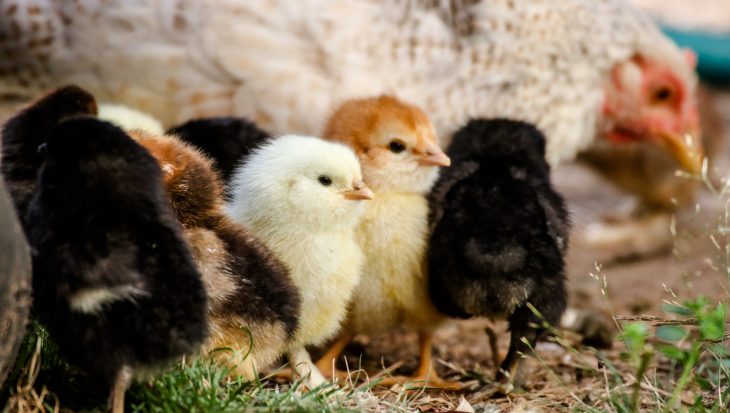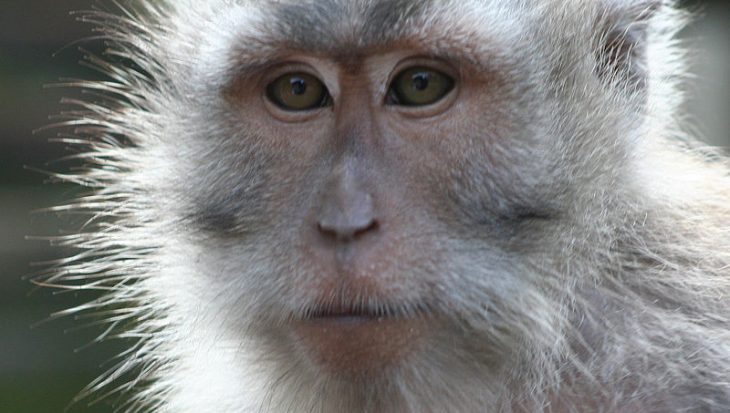Because one of the victims, Darlan, was a highly-rated hurdler, the racing press afforded him and – in passing – the other two victims some coverage. The previous racecourse victims to merit conspicuous media coverage were the two Grand National fatalities Synchronised and According To Pete. People may, as a result, have gained the impression that few horses had died on British racecourses between last April’s Aintree meeting and yesterday’s deaths. In fact, no fewer than 105 horses have been killed in that period.
One of yesterday’s victims was Desert Vision. He broke a leg (cannon bone) while racing at Wolverhampton. He was the fifth horse to die at the course in just four months. Wolverhampton was a prodigious killer of horses in 2007 when seven horses died there in just nine weeks. The course was overhauled and the death rate reduced. But now, as we see, it has again become a death-trap for race horses.
The two other fatalities both occurred at Doncaster. It was Mujamead, as stated, who tried to keep running with a catastrophically damaged back leg. But inevitably, the highly fancied Darlan warranted the most paragraphs. He was being ridden by 2010 Sports Personality of the Year, AP McCoy. Darlan was the 21st horse to have died during or soon after a McCoy race since Animal Aid’s Deathwatch was launched in March 2007. McCoy’s most famous victim was Cheltenham Gold Cup winner, Synchronised, who perished at last year’s Grand National. Darlan was being given a typically hard McCoy ride when he got his stride wrong and crashed through the last hurdle. After his death he was described dismissively in the racing press as ‘error prone’ – even though his only other fall also came when ridden by McCoy.
Says Animal Aid Director, Andrew Tyler:
‘Horses are dying routinely on British racecourses but this rarely makes the news. It was only the star potential of one of yesterday’s three victims that triggered media coverage. Yesterday’s fatalities came about through varying circumstances. Nevertheless, what they and all the other racecourse deaths demonstrate is that commercial horse racing is inherently hazardous for the thoroughbreds concerned and that when the public bets on a race they are financing an enterprise that, by its very nature, is going to injure and kill a large number of horses.’
Further Information

